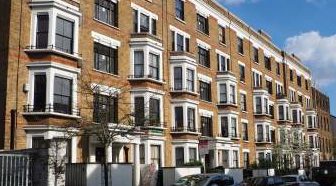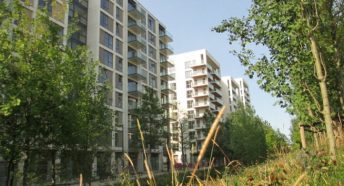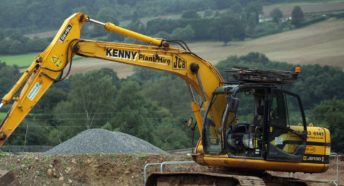Space to Build: double the density, halve the land needed

According to CPRE research the average density assumption on brownfield register sites in 2018 was 41 dwellings per hectare. This report shows why doubling that in line with recommendations of the Intergovernmental Panel on Climate Change is desirable, and the social and community benefits as well as the environmental benefits of mixed neighbourhoods with employment opportunities, leisure opportunities and entertainment in easy reach on foot, by bike and on public transport.
- See Double the density, halve the land needed
- And 10 Reasons higher density living is good for communities
We also show the figures for each local authority in England for households without a car or van. This demonstrates that space does not need to be allocated for parking in all developments. Households which do not have access to a car (often older people, younger people or people on low incomes) maybe be better supported with high density urban developments which can support shops and services while reducing the need to travel. Though this data is from the 2011 Census, it is a useful reminder that in many parts of England, upwards of one third of households do not own a car or van and in Inner London this figure is nearer two thirds.
Parking provision needs to prioritise access for people where active travel or travel on public transport is more challenging.
Downloads:







